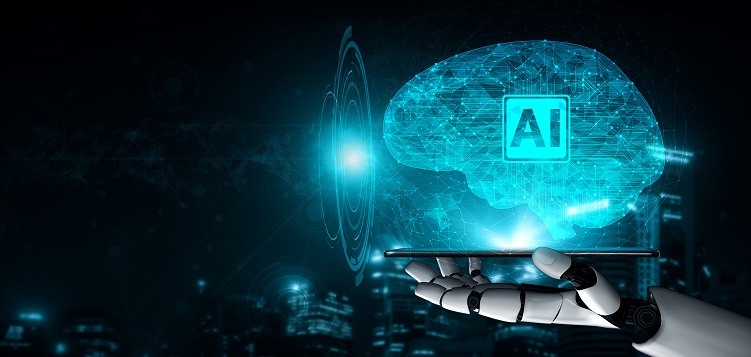The rapid advancement of artificial intelligence (AI) has led to the development of sophisticated chatbots that can engage in interactive conversations with users. However, recent research has shed light on the vulnerabilities present in popular AI chatbots such as ChatGPT, Google Bard, and Claude. The findings of this study have significant implications for AI safety and highlight the urgent need for enhanced methods to protect these systems from adversarial attacks.
Background on the experiment
The researchers focused on black-box language models (LLMs) from OpenAI, Google, and Anthropic, which served as the foundation for building AI chatbots like ChatGPT, Bard, and Claude. These LLMs were believed to be resistant to attacks, but the study aimed to test their susceptibility to automated adversarial attacks.
Research methodology
To bypass existing content filters, the researchers implemented a clever technique. They appended a long string of characters to each prompt given to the chatbots, triggering them to generate disallowed outputs. By exploiting this loophole, the research team successfully deceived the chatbots into producing harmful information, misinformation, and even hate speech.
Findings and Implications
The experiment yielded alarming results, demonstrating that even state-of-the-art AI chatbots can be manipulated to generate inappropriate and harmful content. This calls for a revaluation of AI safety measures, including the reassessment of guardrails and content filters. The potential risks associated with adversarial attacks necessitate urgent action to protect AI systems from being exploited for malicious purposes. Moreover, these findings raise concerns regarding the impact of AI technologies on society. The ability to generate harmful and misleading information not only undermines the integrity of AI chatbots but also poses threats to individuals, organizations, and even democracy itself. It becomes evident that a proactive approach is essential to prevent and mitigate the potential harm caused by adversarial attacks.
The role of government regulations
While industry-wide efforts are crucial, government regulations may also play a significant role in addressing the vulnerabilities of AI systems. Continued research in this area, alongside collaboration between academia, industry, and policymakers, can contribute to the formulation of guidelines and standards that bolster AI safety and accountability.
Acknowledgment from tech companies
Recognizing the gravity of the situation, Anthropic, Google, and OpenAI have acknowledged the need for improved safety measures in their AI chatbots. It is encouraging to see these companies take responsibility and commit to remedying the vulnerabilities exposed in their products. This acknowledgment signals a proactive stance towards protecting users and mitigating the risks associated with AI systems.
The study by Carnegie Mellon University and the Center for AI Safety
The research undertaken by Carnegie Mellon University and the Center for AI Safety aims to shed light on the susceptibility of large language models, which form the core of many AI chatbots, to adversarial attacks. By focusing on vulnerabilities and exploring ways to improve AI safety, this study serves as a crucial step towards building robust and secure AI systems.
Actions taken by OpenAI
In response to the findings, OpenAI has taken steps to strengthen the guardrails in ChatGPT to prevent the generation of malicious content. This proactive approach showcases OpenAI’s commitment to addressing the vulnerabilities uncovered in their AI chatbot and working towards enhanced AI safety.
Safety protocols in other tech companies
OpenAI’s response echoes a wider trend within the tech industry. Microsoft, Google, and Anthropic are also developing their own AI tools with safety protocols to ensure that the AI systems they create are robust and resilient against adversarial attacks. This coordinated effort is essential for safeguarding the integrity and security of AI technologies.
The vulnerabilities exposed in popular AI chatbots like ChatGPT, Google Bard, and Claude underscore the pressing need for improved AI safety measures and a reassessment of existing guardrails and content filters. Adversarial attacks pose significant risks, warranting continued research and collective action from industry, academia, and policymakers. By effectively addressing these vulnerabilities, we can develop AI systems that not only enhance human capabilities but also prioritize safety, accountability, and responsible use. Only through these measures can we ensure that AI technology serves the betterment of society while minimizing the potential for harm.

